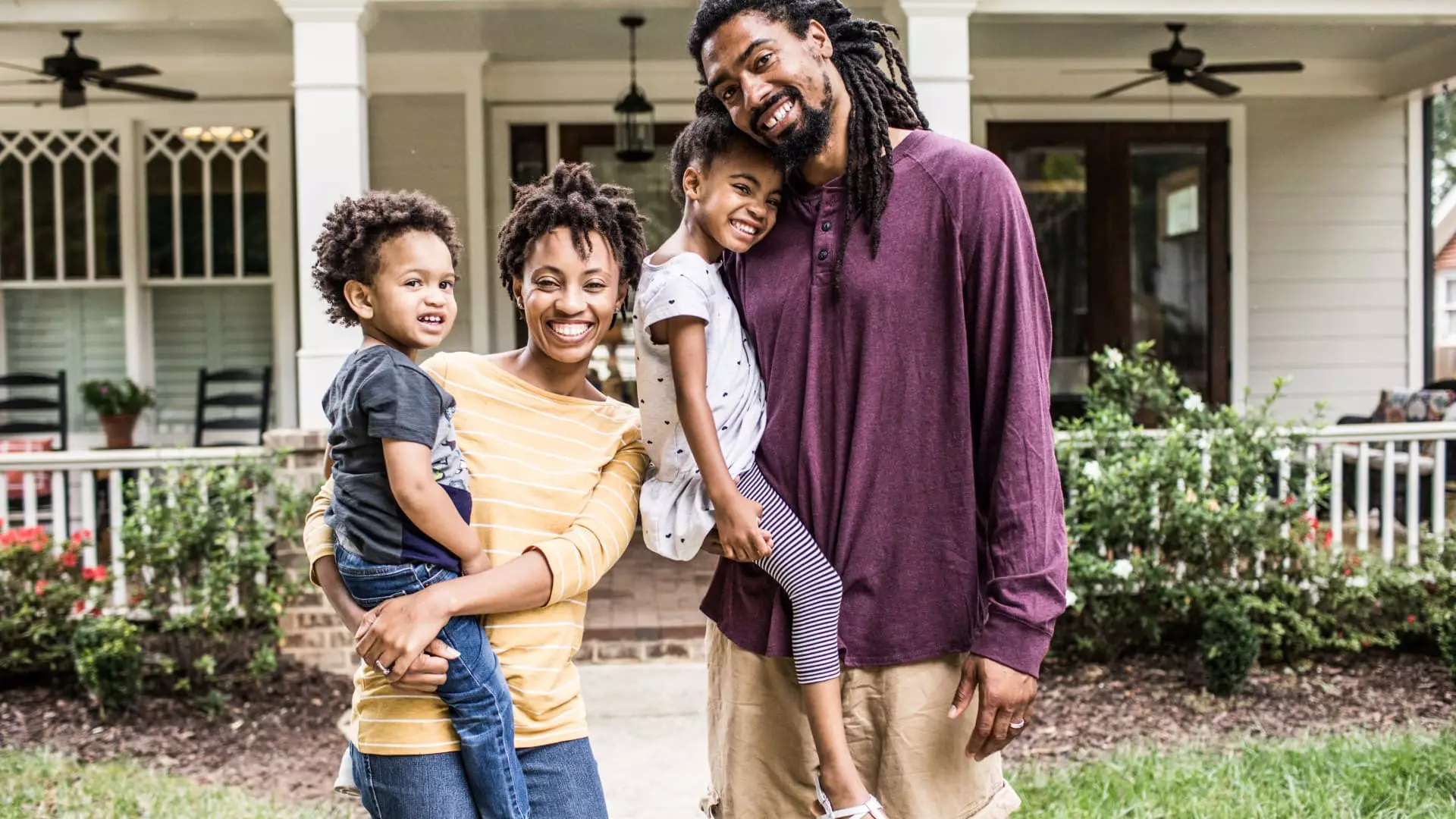The aspiration of homeownership, long considered a cornerstone of the American Dream, now seems increasingly elusive for many, particularly among younger generations and first-time buyers. As housing prices continue to soar, while wages stagnate, the dream of homeownership is fading into a precarious fantasy. The obstacles to purchasing a home—soaring prices, tough mortgage requirements, and inadequate financial resources—call for innovative solutions. The introduction of 40-year mortgages, supported by the Federal Home Loan Bank (FHLB) systems and accompanied by federal subsidies for buyers who undergo financial literacy training, presents a compelling answer. This approach not only aims to enhance affordability but also to cultivate financial acumen among potential homeowners.
The Challenge of Current Mortgage Systems
Historically, the 30-year mortgage has served as the backbone of American home financing. It provided a reasonable balance between manageable monthly payments and a timeframe that aligns with typical financial lifespans. However, in today’s economic climate, particularly in metropolitan areas where housing costs have skyrocketed, even 30-year loans can prove unaffordable. The logic behind transitioning to a 40-year mortgage is rooted in extending the repayment period, which inherently lowers monthly obligations, thereby making it feasible for a larger demographic to become homeowners.
While critics may highlight the increase in total interest payable over the lifespan of a longer loan, the pressing need for affordable housing alternatives emphasizes that longer terms could mitigate the burden of homeownership. With r rents becoming increasingly unpredictable, the prospect of renting – which contributes little to long-term wealth – remains a daunting reality for many families. A 40-year mortgage would amend this situation, enabling prospective homeowners to gradually build equity and thereby serving as a bastion against economic instability.
Leveraging the Federal Home Loan Bank System
The FHLB system, sanctioned by the government to enhance liquidity within financial institutions, stands poised to facilitate the implementation of 40-year mortgage options. This established framework can act as a backbone for new funding avenues, making it possible to extend this mortgage model across diverse geographical areas, from rural locales to bustling urban centers. By harnessing this pre-existing infrastructure, the program can assure the stability and reliability required for a sustainable housing initiative, while also being tailored to address the unique financial conditions that characterize different communities.
Moreover, extending mortgage durations through the FHLB could fortify the housing market, creating a pathway for responsible lending practices. With a consistent support network in place, the risks associated with economic volatility can be mitigated, encouraging more families to take that crucial step toward homeownership.
Another integral facet of this proposal is the emphasis on cultivating financial literacy among first-time buyers. By mandating financial education as a prerequisite for access to federal subsidies, we can ensure that prospective homeowners are equipped with the tools necessary to make astute financial decisions. The subsidies—potentially ranging from 3.5% to 4.5%—would significantly alleviate monthly costs, and the varying cap rates for urban versus rural mortgages also recognize the disparate challenges faced by homebuyers across the nation.
This initiative helps combat unhealthy financial behaviors, such as reliance on high-interest loans or engaging in poorly-structured mortgage agreements. Teaching recipients to navigate these intricacies can drastically improve their financial health and long-term stability.
The ripple effects of increased homeownership can substantially bolster the economy. When families invest in their homes, they tend to engage in broader consumer spending on home improvements, furnishings, and local services. This boost directly benefits small businesses and stimulates community growth. Moreover, elevated levels of homeownership correlate with stable neighborhoods—invested homeowners are more likely to prioritize their communities, leading to improved property values, decreased crime rates, and a stronger sense of community cohesion.
Furthermore, making homeownership more attainable is especially relevant for marginalized groups, particularly communities of color and low-income individuals who have faced historical barriers to homebuying. By addressing this disparity, we not only advance economic equity but also promote social justice, as homeownership has consistently been a significant vehicle for wealth accumulation.
Transitioning to a system that incorporates 40-year mortgages, fortified by the FHLB network and coupled with robust financial literacy education, represents a crucial step toward reviving the American Dream of homeownership. This proposal encapsulates a broader vision of sustainable economic growth, community engagement, and equitable wealth distribution. In the face of rising prices and unstable economic conditions, innovative thinking is imperative. By reimagining the parameters of homeownership, we can ensure that the American Dream remains a tangible goal for generations to come. It is time to advocate for policy changes that make homeownership not just a possibility, but a realistic expectation, championing financial literacy as a contemporary civil rights issue and paving the way for inclusive prosperity for all Americans.

